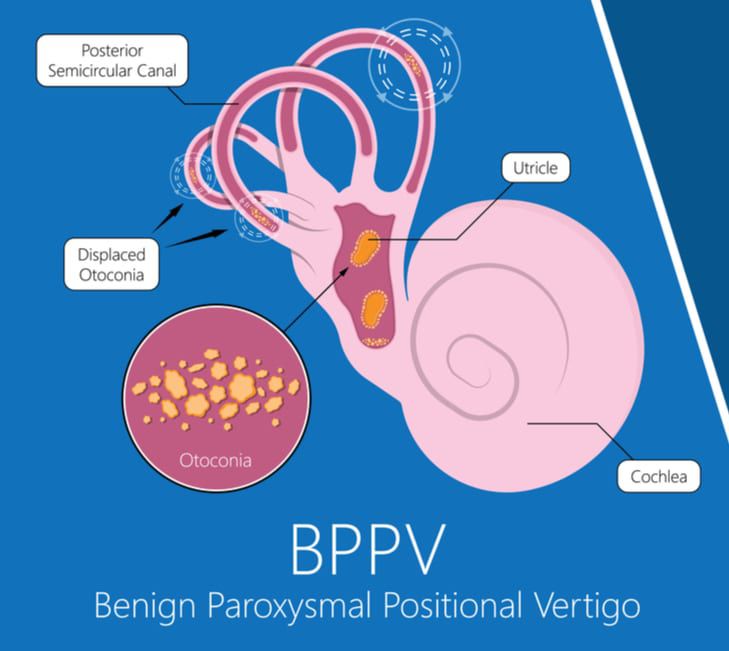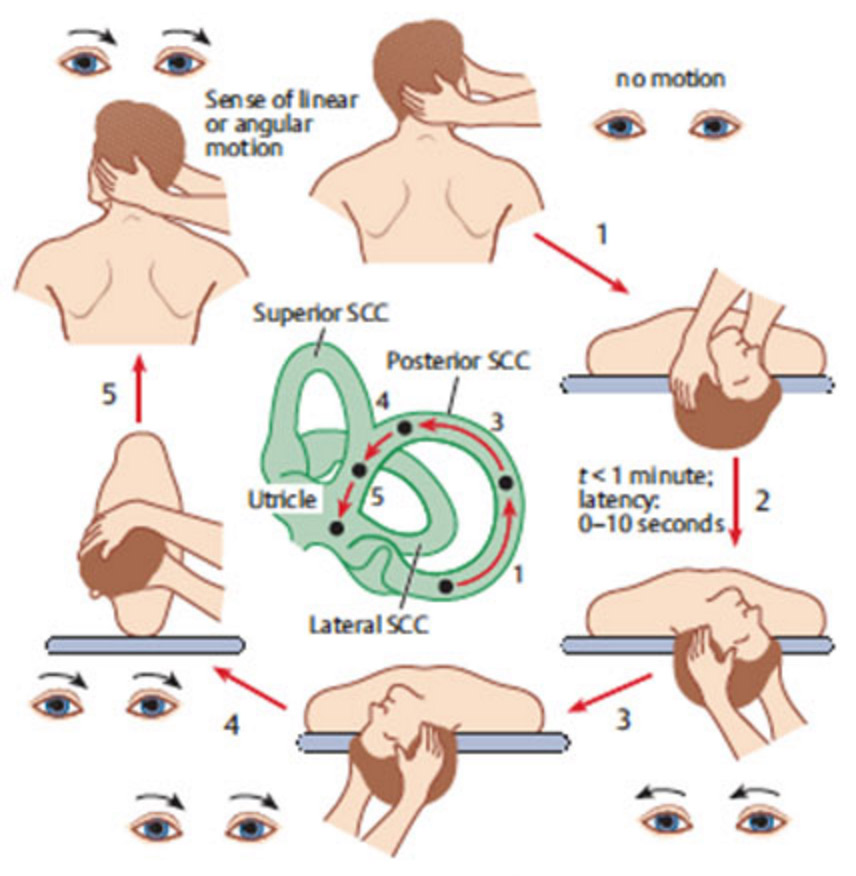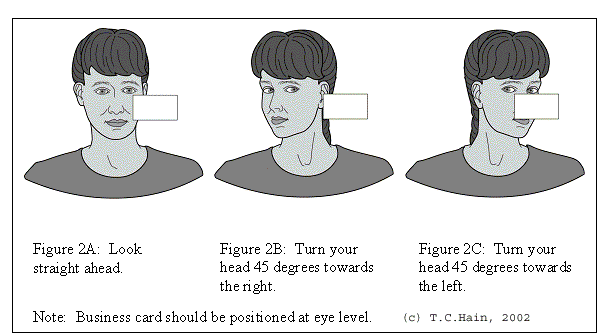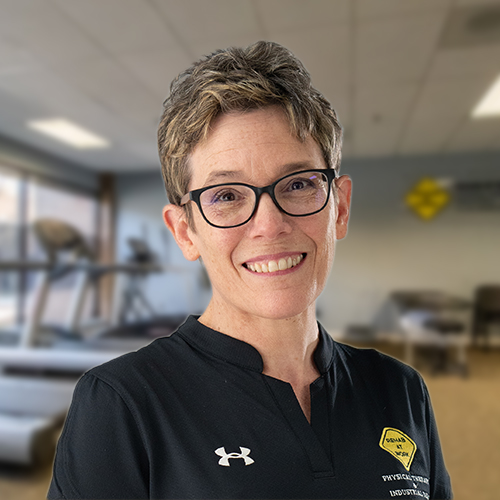What is Work Hardening?
Work Hardening is a specific therapy program for worker’s compensation clients who are injured and cannot work at full capacity. The program is designed to help injured workers get back to work by restoring their work-related function and tolerances. Those who qualify for a Work Hardening Program have an initial evaluation of tests to determine what needs to improve, and a specific treatment plan is created for the individual based on their current limitations. The Work Hardening client is supported by a therapy team that works together to plan weekly goals which help clients meet their job requirements and safely return to work. The ultimate goal is a return to their previous job or a similar occupation while decreasing time out of work.
Who Qualifies for Work Hardening?
If you’ve had an injury at work, you may be a candidate for a Work Hardening Program. Most clients have already shown improvement from Physical Therapy but need a more intensive or work-related program to get back on the job. A doctor may refer someone for Work Hardening when they are close to their return-to-work job requirements and have the potential to get better. The client also needs to be medically stable and willing to participate in the program. There are other services under the category of Industrial Rehabilitation that may be appropriate to help injured workers at other stages of recovery, such as: Occupational Therapy, Work Conditioning, and/or Worksite services.
Does Worker’s Compensation Cover Physical Therapy?
In most cases, yes, although there are reasons why Work Hardening may be more appropriate. Early treatment after an injury is very important for a full recovery. Physical Therapy is best following a recent injury or surgery when restoring function is not the main goal. In Physical Therapy, the primary objective is gradually improving strength and range of motion while managing the potential for complications that may affect recovery. Treatment in Physical Therapy is therapist-directed and injury-specific. Once a client has improved with a Physical Therapy program, a transition to Work Hardening with job-specific functional goals may be beneficial to progress into functional activities that are more similar to work. For those who need a combination of injury management and improving their work tolerance, a Work Conditioning Program may be indicated. If you are unsure which service is best, feel free to reach out to your health care provider for advice.
What Do You Do in a Work Hardening Program?
Every program is different, but it usually starts with 4-hour sessions 5 days per week Monday to Friday, and gradually increases to 8 hours per day. Clients are assigned an individual program of cardio and gym workouts, real or simulated work activities, and specific job tasks based on their job, injury, and work restrictions. Each Work Hardening participant initially receives extensive training and one on one instruction, but will eventually become more independent while practicing improved self-management. The main focus of each day is to educate the client on health, safety, and injury prevention while trying to improve the restrictions that are keeping them out of work, especially specific work tasks that are limited or restricted. The goal at the end of the program is to return to safe and productive work. A return to their pre-injury job position is the most desirable result, although some may need to find a different job or occupation if they are unable to meet their previous job requirements.
What Happens at the End of the Program?
When injured workers finish the program and are discharged, they return to their doctor for a final evaluation. If they were able to consistently perform their full duty job with no restrictions in the Work Hardening Program, the doctor can recommend a return to work. This may be the same job with the same employer, or a different job if their last job is no longer available. Clients will also receive a home exercise program with instructions on how to maintain their fitness and work readiness independently. For those who are still unable to return to work, their physician may provide other treatment options to help with recovery.
Where Can I Find More Information?
Your primary care physician knows you best and is always the first place to start for questions about your personal health, including return-to-work programs. Most clients that start a Work Hardening Program were referred by their doctor or surgeon. If you or your doctor have any questions regarding Work Hardening or other therapy services, please contact any one of our 10 REHAB AT WORK locations around the Washington DC area and ask to speak with a Work Hardening Program Coordinator.
–
Article by Todd Receveur, BSc, Lead Work Hardening Coordinator








